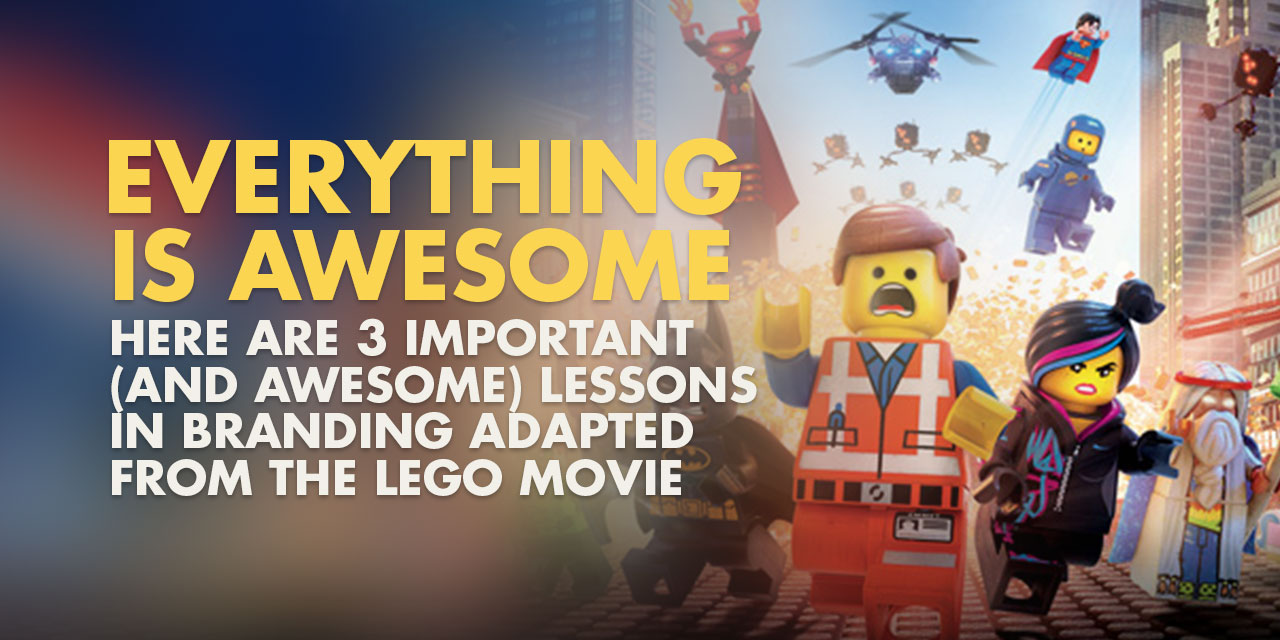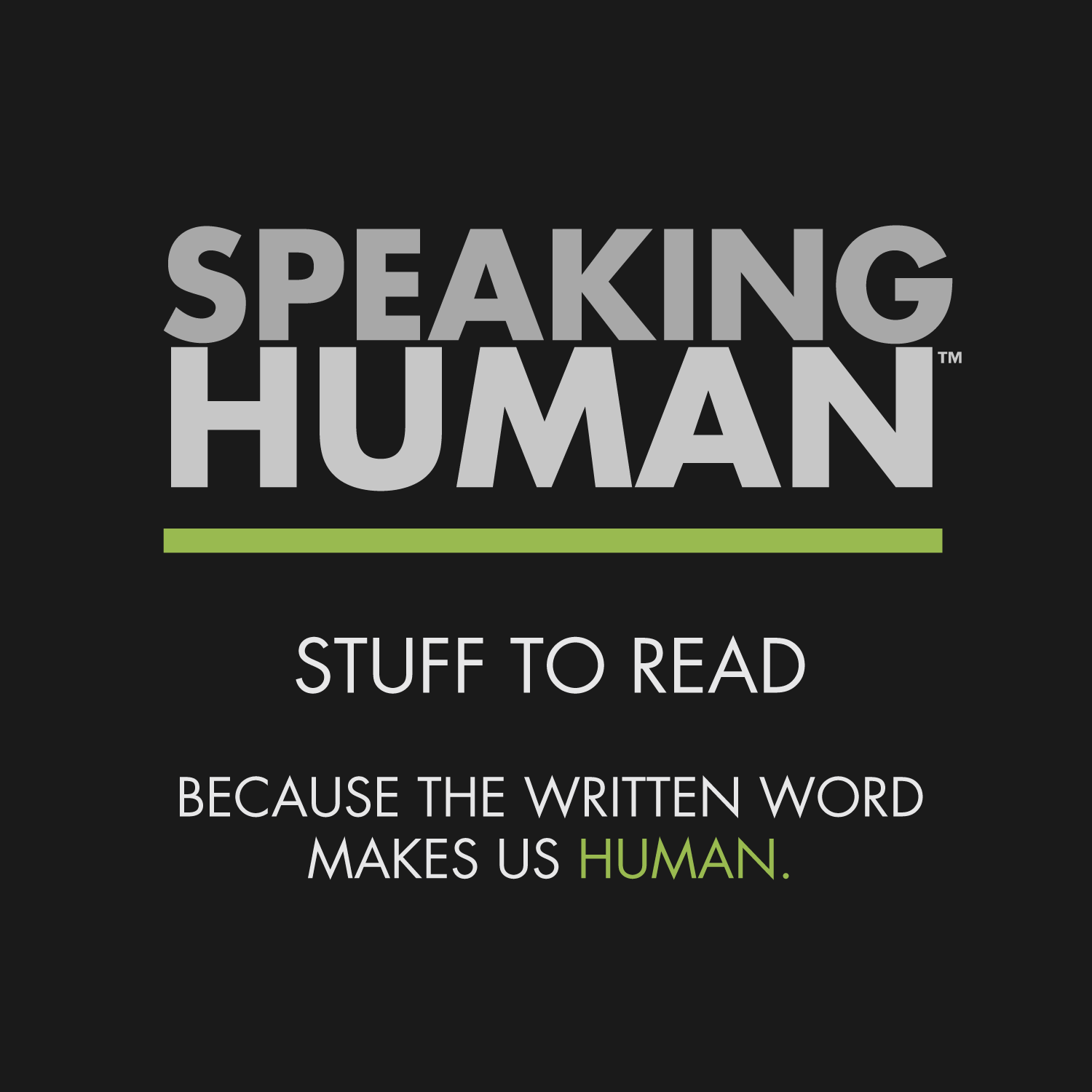3 Awesome Lessons in Branding from ‘The LEGO Movie’
In February, The LEGO Movie hit theaters with a surprisingly big bang. Like a pair of LEGO blocks snapping together, the movie immediately connected with audiences to the tune of a $69-million opening weekend.
By all accounts, the movie—which cost $60 million to make (a modest budget for a computer animated film)—shattered expectations. To date, The LEGO Movie has grossed nearly $250 million in the U.S. and $400 million worldwide.
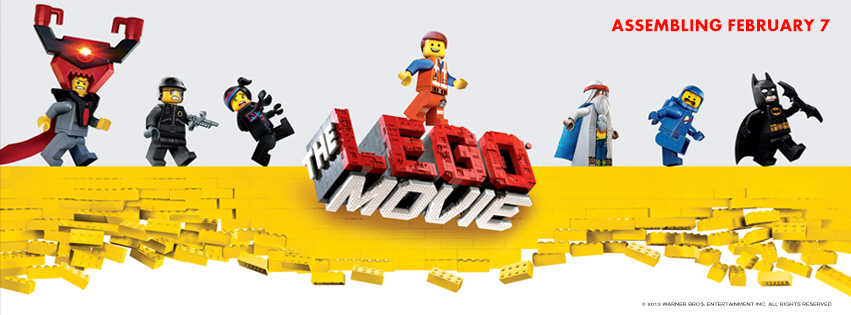
It’s a spectacularly impressive feat for a film based on a toy brand that has been around for decades. And even more impressive when you consider LEGO was on the verge of brand oblivion only 10 years ago.
LEGO’s comeback story is not only a great one. It’s one that can teach all organizations a few important lessons on brand survival.
Building (and Rebuilding) the LEGO Brand
If you grew up in the 1980s, chances are you had a LEGO set at some point. The LEGO brand was a staple; a part of growing up. Like Google is to search today, LEGO was to connectable blocks. By the beginning of the 1990s, the LEGO group was one of the world’s 10 biggest toy manufacturers.
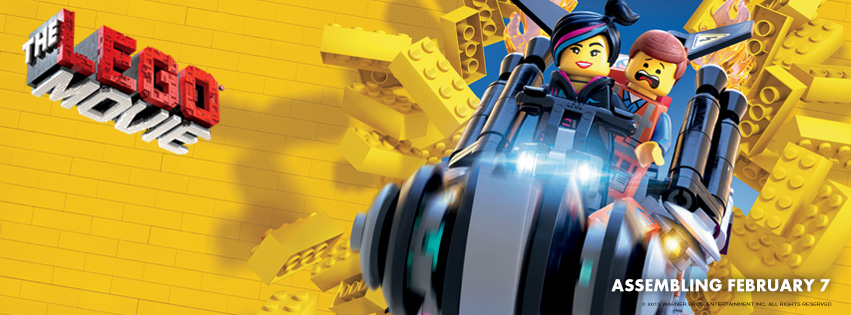
But like so many brand staples, the allure began to fade. By 1993, sales were slumping. To combat the brand fatigue, LEGO went all in, pushing innovation at every turn. The efforts produced licensing hits like the Star Wars and Harry Potter LEGO sets, but they also pushed the company to the brink of bankruptcy. By 2003, LEGO was hemorrhaging money.
To save the company, a change was needed. A new CEO took over. Cuts were made. And, most importantly, the innovation free-for-all was reigned in to focus only on efforts that would further the goal of making LEGO the most recognized brand for family products.
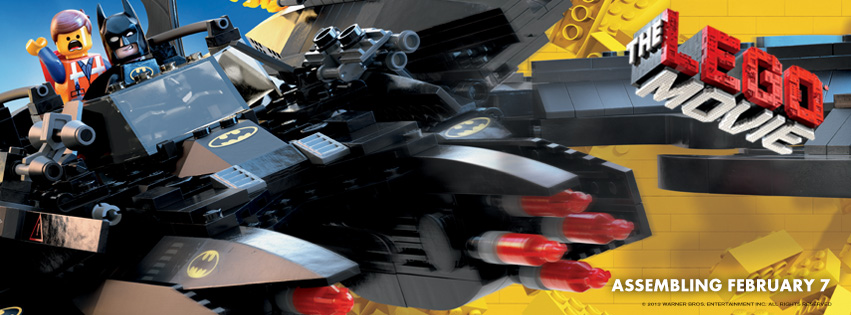
Instead of wildly chasing new markets, LEGO aimed to simply own the family audience. LEGO stores, board games and DVD movies followed. As did diverse products like LEGO City, LEGO Friends for girls and LEGO DUPLO for younger kids. The strategy has been surprisingly effective.
As a result, LEGO has experienced a brand revival—with increased relevance to new generations and nostalgia from parents who grew up in the 70s and 80s. Today, LEGO has usurped Mattel to become the most profitable toy brand in the world. The LEGO Movie has only increased the brand’s popularity (and profits).
Constructing Your Brand to Last with LEGO Lessons
So what can we learn from the brand trials and travails of LEGO? The key lesson: For brands to succeed long term (and sustained awareness and success should be the goal of every brand) there needs to be strategic effort to stay relevant to your target audience.
Based on LEGO’s success, here are three ways you can actively work to keep your brand going strong for decades to come:
1. Evolve
Without losing your core identity, don’t be afraid to let your brand become something more. Every organization should be assessing the status of their brand at least every five years to make sure it is in line with the evolution of your mission and your audience.
If your audience is families, well, guess what, families change over the course of time. How they are made up, what they want out of life, how they interact, these things evolve. Don’t let your core audience slip away because you don’t evolve with them.
LEGO found success by letting its brand evolve into entertainment and video games, and other key touchpoints of the target audience. For a while LEGO tried to transform into another species (a bad idea), before realizing the smart choice was to simply become a better version of itself. Brands that survive and thrive are the ones that walk the fine line of changing over time (as all living things should) without losing their core identity.
2. Embrace
Remember, your brand does not belong to you. It belongs to consumers. You get to help shape consumer perception by directing your organization (the products you produce, your marketing, etc.), but your brand only really exists in the minds of your audience. Don’t be afraid to embrace your brand as your customers see it.
One of the great things about The LEGO Movie is the knowingness in which it embraces the LEGO brand (both past and present). How people use LEGOs and think about LEGOs, the nostalgia for the brand. Even if people have a negative or comical perception of your brand, embrace that and turn it into a positive.
While the LEGO Group’s 90s/early 2000s innovation spree was an admirable pursuit, it was also a push away from the brand. It was a brand trying way too hard to be cool. And we all know those who try to be cool are doomed to be uncool. Embrace your brand like a family member: for all its flaws and missteps—and its ultimate evolution.
3. Expand
Too often companies believe being a strong brand means not changing. That’s a fallacy. You should always be looking for new ways to add more value and power to your brand. Ask yourself, how can our brand become something more to your audience? How can you find new ways to meet their needs? Ask this all the time.
Maybe it’s taking your core products or service and providing a correlating online experience where you haven’t before. Maybe it’s making an effort to reach new subsections of your audience—like LEGO has done with girls, younger children, and parents (what parent doesn’t love the movie). Stay focused on your audience and don’t stray from your mission, but always be looking for ways to enhance your brand.
LEGO offers a ton of great examples of this. Their licensing partnerships with strong, audience-oriented brands like Star Wars and Harry Potter were incredibly successful examples of making something old (LEGO) new again. And their entertainment efforts added a new layer to the brand that effectively enriched their central product. Your brand’s goal is to give your audience a big hug. Don’t be afraid to make that hug a little bigger.
Think of Your Brand Like a Bucket of LEGOs
To put it in LEGO terms: You need to keep building, breaking down and rebuilding your brand to stay interesting. You need to continually add new pieces that inject value to the core of your brand. You are not constructing a single castle that stays the same forever. You are repeatedly producing new and dazzling things—even if they are all made from the same basic blocks.
*Images Courtesy of The LEGO Movie

